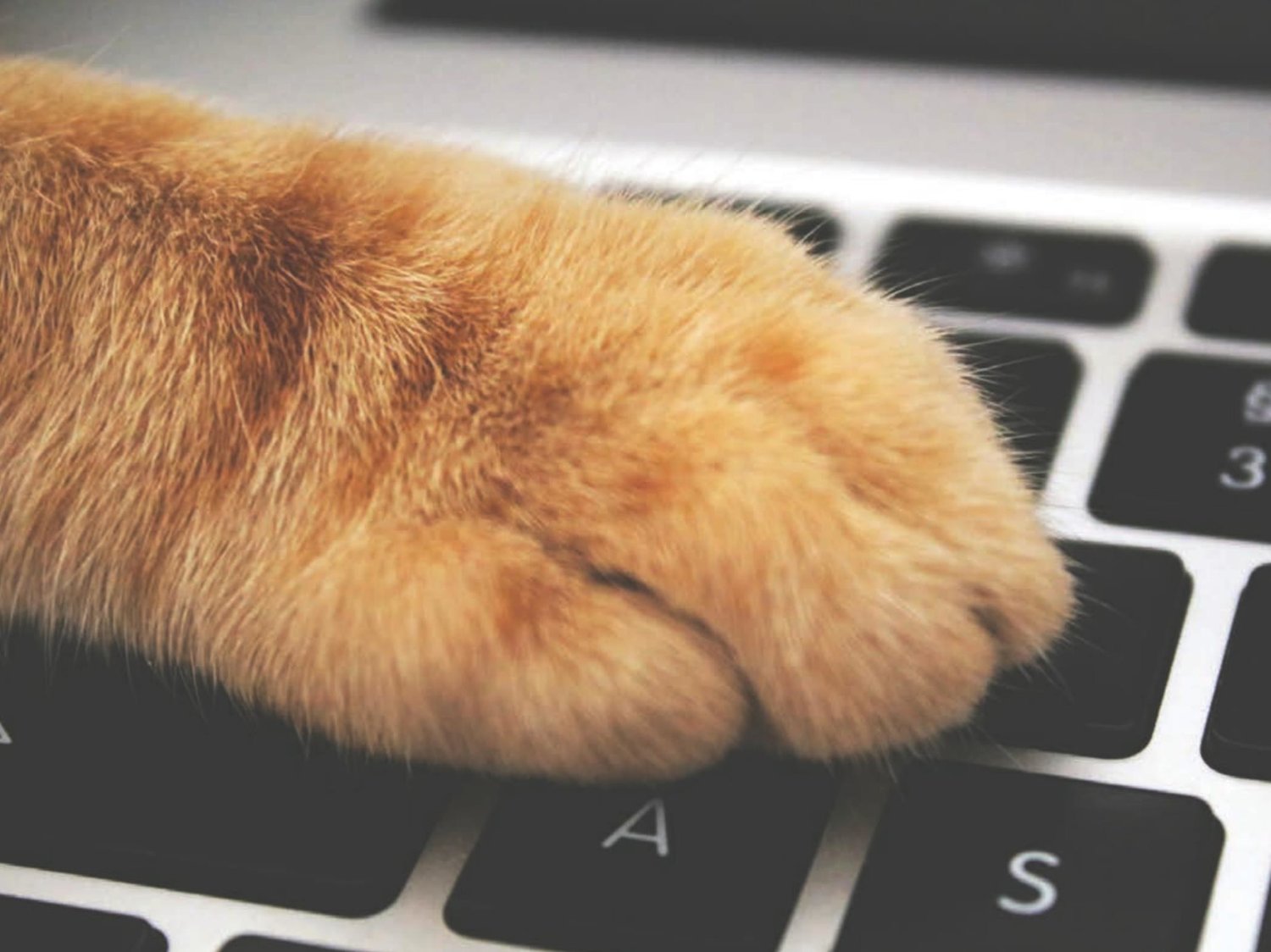Pet care for returning to work
G oing back to work?
What does that mean for Fido and Fefe?
The American Veterinary Medical Association says for pet owners to stay patient and attentive as they shift back into their …
This item is available in full to subscribers.
Subscribe to continue reading. Already a subscriber? Sign in
Get 50% of all subscriptions for a limited time. Subscribe today.
Please log in to continueNeed an account?
|
Pet care for returning to work
Going back to work?
What does that mean for Fido and Fefe?
The American Veterinary Medical Association says for pet owners to stay patient and attentive as they shift back into their pre-pandemic routines.
There are steps that can be taken to decrease the stress level for your pet and yourself.
“Dogs and cats are creatures of routine, and they’ve probably gotten very accustomed to having us around the house all day during the pandemic,” says the association’s president, John Howe, DVM.
For pets adopted over the past couple of months, this may be the only routine they have ever known.”
Here are 7 steps to help ensure a smooth transition as you return to your prepandemic routines.
1. Slowly introduce workday routines.
Schedule waking up, feeding, and walking as you might for your expected workday routine, then introduce a consistent departure schedule that builds on that routine.
2. Take anxiety out of your departure.
Practice short outings on a daily basis and gradually extend the time you are gone.
Try giving your pet a small treat as you walk out the door to condition them to find it rewarding when you leave.
If signs of anxiety (e.g. destructive activity) occur, do not punish the pet. Instead, shorten the time away and slowly build up to longer periods.
Stay calm when leaving or returning home.
3. Exercise.
Before leaving the house, engage in play and activity. Burning energy can help keep pets calm and relaxed.
While the risk of dogs and cats becoming infected with covid-19 is minimal, limit contact with people living outside your household (i.e. dog walkers, pet daycare providers).
Cats should be kept indoors if possible.
4. Keep pets engaged.
Long-lasting treats, food puzzles, and automatic feeders can help keep dogs and cats occupied during the day.
5. Create a safe space.
If you previously used a crate when you were out, but haven’t been crating your dog while working from home, now might be a good time to either explore not using a crate while you are away or reintroducing crating for short periods while still working from home.
6. Look for signs of stress.
Take note of excessive barking or whining, agitation, destructive behavior, and inappropriate urination/defecation. If you are concerned, consider filming your pets when you leave, so you can better observe them and share the video with your veterinarian.
7. Talk to your vet.
Concerns about behavior, stress, and well-being may require a consultation with a veterinary behaviorist and/ or medical intervention.
Other items that may interest you










Comments
No comments on this item Please log in to comment by clicking here